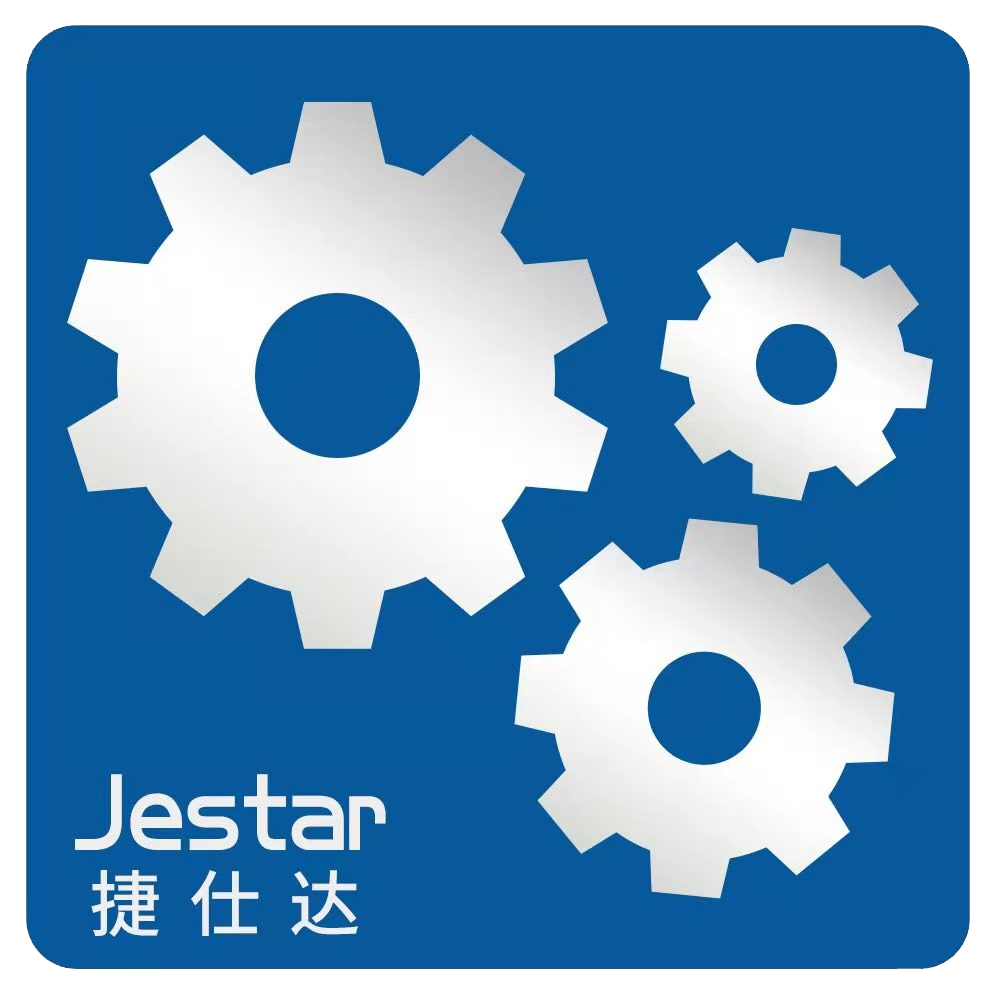
A bearing is a machine element that constrains relative motion to only the desired motion, and reduces friction between moving parts. Bearings are classified broadly according to the type of operation, the motions allowed, or to the directions of the loads (forces) applied to the parts. When bearing steels are in their soft (unhardened) state, metallurgists refer to their structure as being in the pearlite state. In order to harden the steel it must be heated to a very high temperature and then cooled very rapidly. When heated in the heat treat furnace to 900°C, the structure transforms from pearlite to what is known as austenite. After quenching (very rapid cooling), the structure then transforms from austenite to martensite.
Once transformed to martensite, the steel becomes very hard. However, at this point it is not considered “thermally stabilized”. This is because not all of the austenite transforms into martensite during the quenching process. This phenomenon is called “retained austenite”. If the steel is not thermally stabilized, the retained austenite will over an extended period of time (possibly years) transform into martensite. This transformation is accompanied by an increase in volume that is called metallurgical growth. Metallurgical Growth will cause a change in dimension and form of any steel parts such as bearings’ even at room temperature.
While not a problem with low precision commodity type bearings, in high precision (ABEC 5P, 7P, 9P) miniature bearings this lack of dimensional stability can cause problems. In order to eliminate this unwanted metallurgical growth, the steel must be subjected to thermal stabilization. This is accomplished by repeated cycles of chilling at 50°C and tempering to transform a large percentage of the retained austenite to martensite.
Distortion is very important to bearing races. Not only do we want to preserve the case, or surface, properties given during surface treatments like carburizing and nitriding, but grinding or hard turning is a relatively expensive process. Final dimensional results are critical to bearing performance. Many manufacturers have elaborate schemes to try to control or minimize distortion, which is the holy grail of bearing heat treatment. Factors include quench media, uniform media flow through the load, stacking, fixture quenching, and the number of times the part was cooled and how it was cooled. Other, less thought-of items include the temperature achieved, how long at temperature, furnace fixture maintenance, rate of heating/uneven heating of the parts, and cooling orientation.
The heat transfer during immersion quenching is very complex and it is not very well understood by scientists even to date. Quenching results in boiling of the quenchant and during boiling, the quenchant vaporizes carrying away the heat from the surface of the component. Thermal conductivity of the steel component, viscosity of the quenchant, chemical nature of the quenchant, temperature of the bath, agitation levels of the bath and a host of other factors affect the overall heat transfer rate. Of ignificant importance is the fact that the heat transfer mechanism in the quenchant can be distinctly different at different temperatures, giving rise to three important phenomena called (a) the vapor blanket (b) nucleate boiling and (c) convective phases. Distortion or cracks are formed due to high temperature difference between surface and core of a component. Distortion and cracks can be minimized in a heat treated component by choosing the right quenchant for the component. One of the most important things is that the cooling rate must be just adequate; neither too high nor too low. The correct cooling rate is decided by the steel composition, the section thickness, and the hardness required. Once the cooling rate is decided the proper quenchant is selected which gives the required cooling rate. The cooling rates of quenchants, in turn depend upon the type of quenchant (brine, water, oils, polymer solutions etc), whether they are new or old, clean or contaminated, level of agitation etc.
Post time: Jul-03-2020
